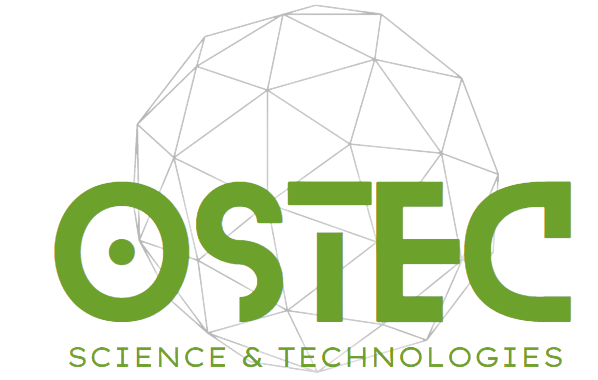This article defines the terms fact, theory, and hypothesis in the context of the evolution of science. It highlights evolution as a robust theory and a well-documented fact. It also discusses the differences between these terms. While we cannot define the evolution of science by any of these criteria, we can define a theory as an idea that has a strong basis. This article also provides an example of a theory that is supported by facts.
Michael Galperin
In 1984, a series of lectures inaugurated the Department of Zoology at Columbia University. The theory of evolution had just been hotly debated in Oxford. Mendel’s inheritance theory was about to be rediscovered. Microscopes and tissue staining techniques had also become increasingly advanced. The tide was tipped for a scientific revolution. And the timing was perfect. Michael Galperin outlines the history of science, and the way that it changed human life.
John Borner
In John Borner and the evolution of science, a scientist and cartographer investigates the relationship between science and geography. The goal of process models is to understand the structure of scientific networks over time. The authors use content and links to map the growth of the scientific community. In particular, Borner and Miller examine the relationships between sustainability science and geography. They then develop maps that will show the extent of the inter-disciplinary nature of science.
Hyman Ruchlis
Hyman Ruchlis, an educator who wrote many books for young readers on the history of science and mathematics, died on Tuesday. He was 89. He lived in a West Palm Beach, Fla., retirement community. He died of cardiac disease and kidney failure. Ruchlis was a dedicated member of many professional organizations and was a former president of the Federation of Science Teachers of New York City.
Hyman Scharnhorst
The evolutionary trajectory of science is a multifaceted process, with a variety of collaborators, organizations, and social contexts. From social networks to boundary organizations, scientists collaborate with all sorts of groups and individuals. These types of interactions have profound implications for how science is conducted. In this essay, Hyman Scharnhorst explains how scientists work to achieve these goals.
Richard Dawkins
In his 1976 book The Selfish Gene, evolutionary biologist Richard Dawkins argued that the theory of evolution is based on gene-centered selection, where genes use bodies to survive. He introduced the concept of memes (from the Greek word mimeme, meaning “to imitate”) and spawned a whole field of study called memetics. His work has since been cited in countless publications.
Karl Popper
In Karl Popper and the evolution of science, we are reminded of the importance of the distinction between science and non-science. Popper acknowledges the importance of the distinction, but he argues that the use of induction is never appropriate for science. However, he denies that science is sceptical, and argues that its methodology is simply problem-solving. For instance, he argues that the process of induction is the most inappropriate way to understand the nature of the world.

